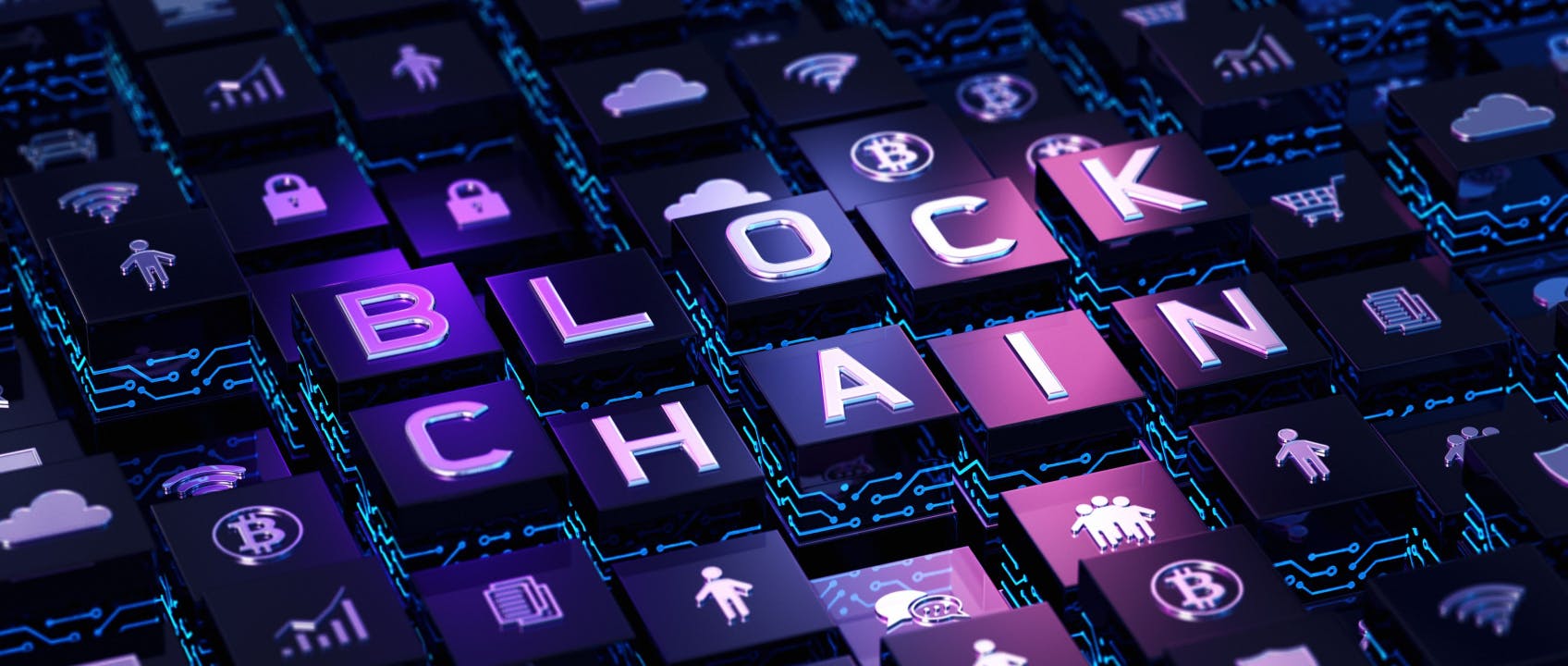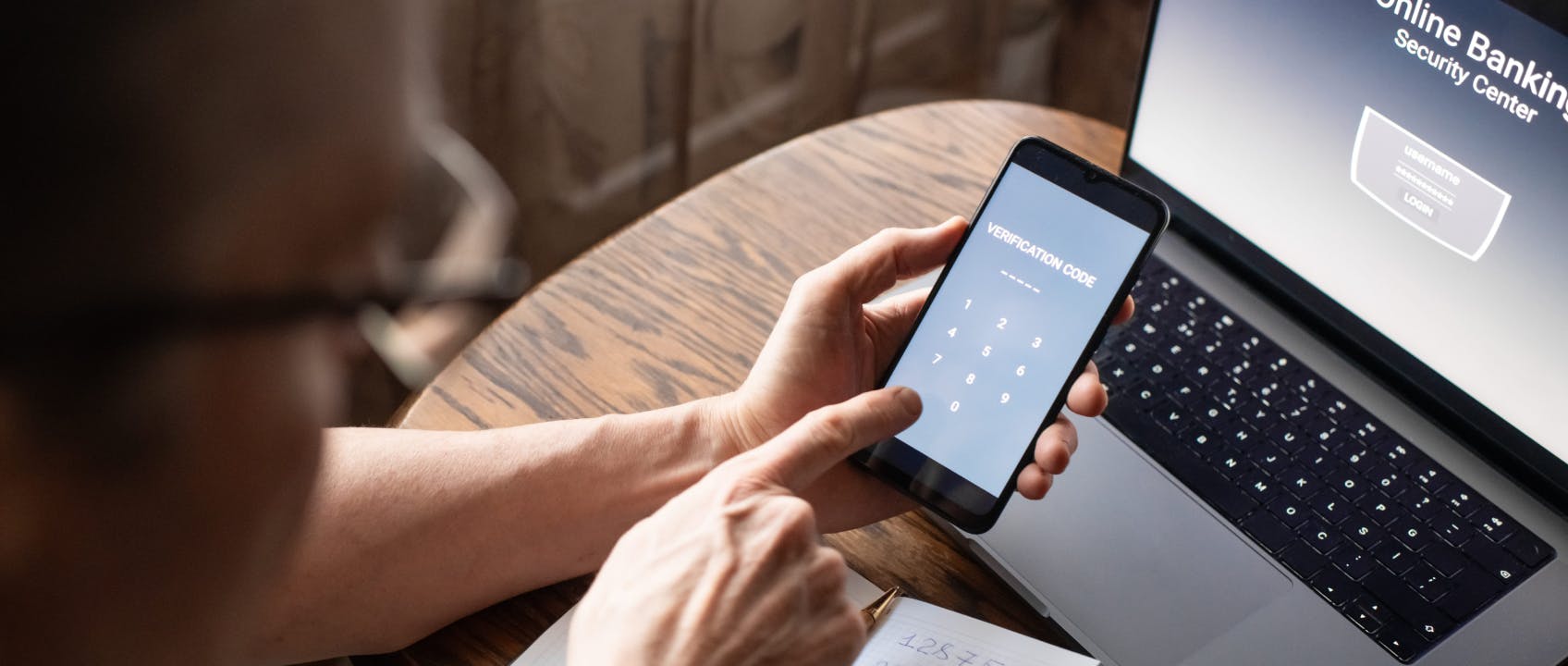Blockchain and digital payments: the evolution of cross-border transactions

The concept of blockchain is often associated and sometimes confused with that of cryptocurrency, and has been holding stage for a long time in many media that address issues related to the innovation of digital payments.
This topic is not only relevant nowadays but concerns many areas of application, including the "traditional" ones, because the potential of the blockchain technology could revolutionise and eliminate intermediaries that have always held central roles in many sectors, especially in the financial one, due to blockchain’s decentralised nature.
An in-depth understanding of what blockchain technology consists of, the most favourable sectors for its application and above all its relationship to digital payments are the central points of this article, through which we will attempt to highlight the enormous potential of blockchain in the world of finance.
What is blockchain and how does it work?
The blockchain can be defined as a large distributed database, in which it is possible to record transactions of all kinds between the parties directly and securely and in real time, without the need for intermediaries and with total traceability. Its elements are grouped into blocks, whose integrity is guaranteed by the use of cryptography thanks to hashes, unique alphanumeric codes which, once assigned to the block, allow it to be added to the blockchain in chronological order.
By further simplifying it, it is possible to summarise the concept of blockchain by identifying it as a technology that can track the exchanges of tangible and intangible assets without the need for third parties, acting as regulators or certifiers, thus reducing the parties involved in the transactions and the related costs.
Finally, blockchain is a chain of blocks of transactions in a distributed ledger, database that is shared and synchronised across all the connected devices (participants) in different countries, in contrast to a centralised ledger, which holds all the records of one organization only, to which it belongs. Blockchain is just one of many types of distributed ledgers. The concept might seem very complex, and it is complex and multilayered, as it has been developing for around 15 years by the brightest minds in the IT industry.
Here are the fundamental properties of the blockchain:
- The Open Ledger, where all transactions are recorded, can be consulted by all the people interested.
- It is possible to check the on-chain transactions by observing the transaction log and identifying how many of them belong to the same person.
- Each participant has a copy of the data, which decentralises the registry system. Therefore, if the system encounters operating problems, this allows the rest of the network to continue operating thanks to the saved copies.
- Transactions are securely added at the end of the blockchain.
There are two types of blockchains: public and private. They are also called permissionless or permissioned respectively: the former do not require authorisation to access the network, perform transfers or participate in the verification and creation of a new block, while in the permissioned blockchains there is a central authority that can decide who can access it and what user roles can be assigned, as well as on other restrictions.
Blockchain and digital payments
As to this technology’s application, it is precisely the world of finance that promises the greatest potential for the application of blockchain. In 2008 Satoshi Nakamoto, a pseudonym of one or more people, published the document "Bitcoin: A Peer to Peer Electronic Cash System", to which we owe the birth of the concept of blockchain as Bitcoin’s underlying technology, whose revolutionary connotation lays in the elimination of intermediaries during payment processes (e.g. banks) and the direct transfer of funds from the buyer to the seller. Since then, projects related to blockchain and finance have multiplied.
In Europe, around 30% of blockchain technology market value, whose total value right now is at $5 billion, was attributable to the banking sector by the end of 2021 and used mainly for cross-border payments and settlements (16% worldwide), transaction tracking agreements (smart contracts) and in the commercial finance environment (such as loans and financing).¹
Today, many financial players and institutional investors are aware of the potential of the blockchain and, over the years, there has been no shortage of opportunities or announcements for blockchain and payments – especially referring to cryptos, one of its most known derivation – from major players in the field of Ecommerce payment process and digital payments. For instance, in October 2020, PayPal announced their launch of a new service that allows its customers to buy, hold and sell cryptocurrency directly from their PayPal account, which came true in the second semester of 2021.²
In September 2021, Visa announced the construction of a cross-chain payments hub that will allow the transfer and exchange of digital assets across various blockchains and payment channels, thanks to a protocol called Universal Payment Channels (UPC).³ In December 2021, Visa launched a press release that introduced a cryptocurrency advisory to help the clients’ navigation in digital currency and NFTs (Non-fungible tokens).
"We are here to enable customers, merchants and businesses to move digital value, traditional or crypto, however they want. It should be your choice, it's your money".⁴ Raj Dhamodharan, Executive Vice President Blockchain of Mastercard, declared on the occasion of a press release in February 2021, in which the company announced that during this year it would start supporting some cryptocurrencies in its network. In October 2021, Mastercard partnered with Bakkt, digital asset manager, to help banks to offer cryptocurrency rewards on their cards.
These are just some of the biggest news in the latest years from companies active in the field of payments that are investing in the blockchain and cryptocurrencies based on the blockchain technology. These investments are likely to help boost trust in this industry. This trust can be translated into an increase in revenues attributable to the worldwide blockchain market: according to various reports from Statista, the size of the blockchain technology market will amount to almost $163 billion by 2027.
Other areas of the blockchain application
The potential of blockchain promises to revolutionise many areas of our daily life, especially if we consider their ability to create more transparent ecosystems at lower costs than already existing solutions.
The fields of application are different and many are still in the research stage, and for this reason it is difficult to draw up a complete list. Below we have reported some of the sectors, which are already being heavily invested in globally, in order to intertwine successfully with the concept of blockchain:
Certification of physical and digital assets
Blockchains allow to certify the originality and ownership of a product or an intangible asset. Some examples may be the authentication of a certificate, of spare parts in the automotive sector or the authenticity of a work of art. For some time now, there has been a lot of talk about NFTs (Non-Fungible Tokens), meaning tokens that, thanks to the blockchain, can prove the ownership of digital assets and allow them to be sold, as happened in the case of the first tweet published by Jack Dorsey, founder of Twitter.
Supply chain certification
Tracing and certifying the entire production, sales and distribution chain of a product can be expensive and not always easy to apply. However, the blockchain, thanks to its characteristics, can make tracking easier and safer through the application of smart contracts. A smart contract enables the automatic execution of agreements between different parties in real time, as long as they comply with the stipulated conditions. In fact, the smart contract is a set of lines of the code associated with the blockchain and executable at any time with updated information. In fact, the sectors that can benefit from the blockchain technology are many and can range from large-scale distribution to agri-food.
Public administration services
Regarding public administration, the blockchain could simplify its many services ranging from security in data retention to the provision of services to citizens. This sector can benefit from blockchain in terms of efficiency, cost reduction and speeding up of internal processes.
The areas we just described are just some examples of possible application of the innovative blockchain technology, besides of course, the financial sector, which is perhaps the one in which the possible effects of the blockchain are being studied more deeply. Ultimately, blockchain has proven to be one of the most recent innovations that are contributing to the change in digital payments and, at the same time, are generating great opportunities for revolutionizing the world of finance in the nearest future.
If you want to learn more about the world of Open Finance and streamlined payment processes, download our whitepaper for free.
Sources
Europe blockchain market value share 2021, by industry | Statista
PayPal Launches New Service Enabling Users to Buy, Hold and Sell Cryptocurrency | PayPal
Making digital currency interoperable | VISA
Why Mastercard is bringing crypto onto its network | Mastercard
Our insights

Cashless payments in the UK and worldwide

Digital payments and Mobility-as-a-Service (Maas)
